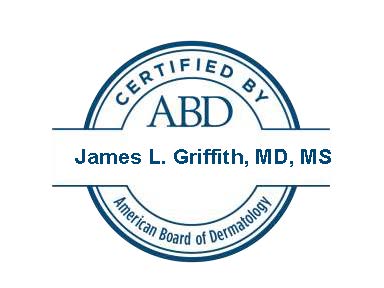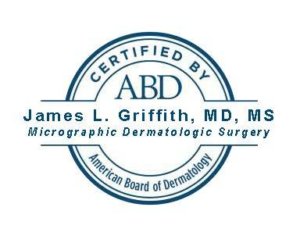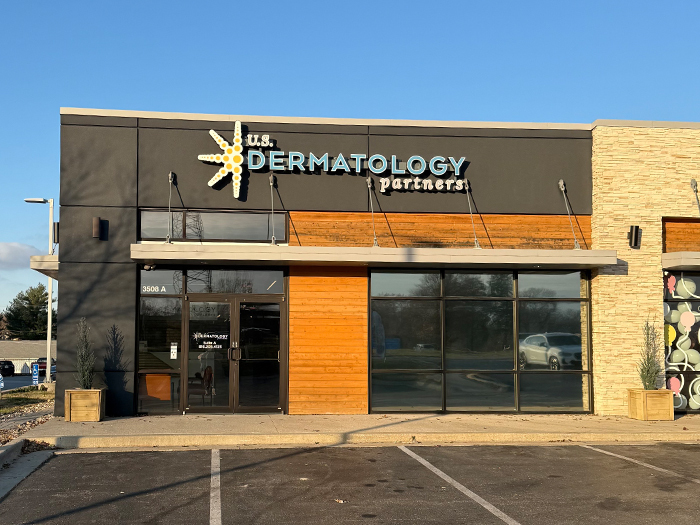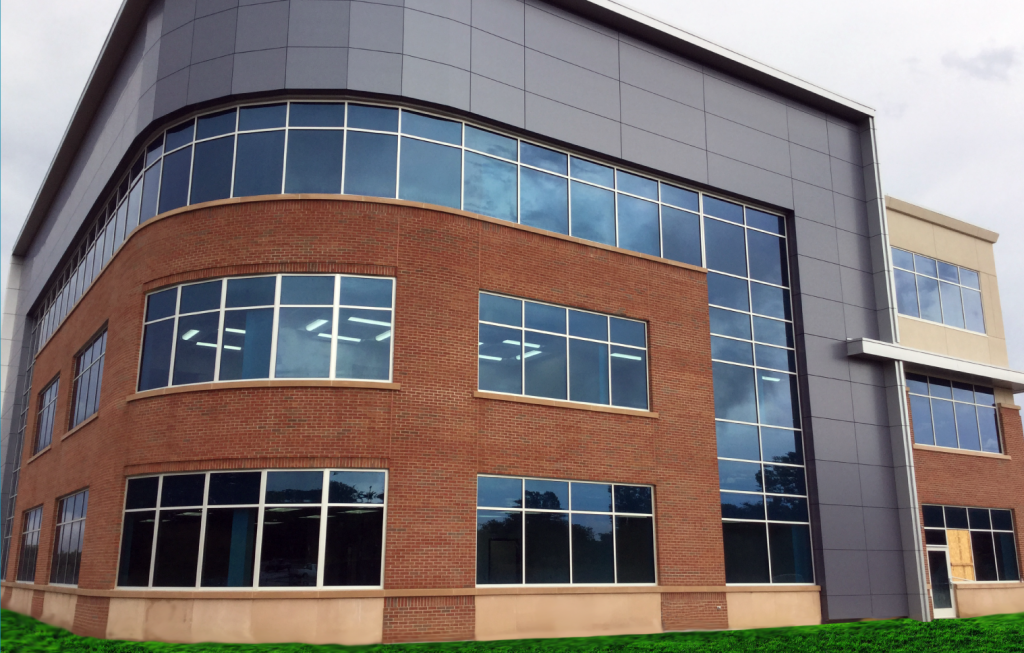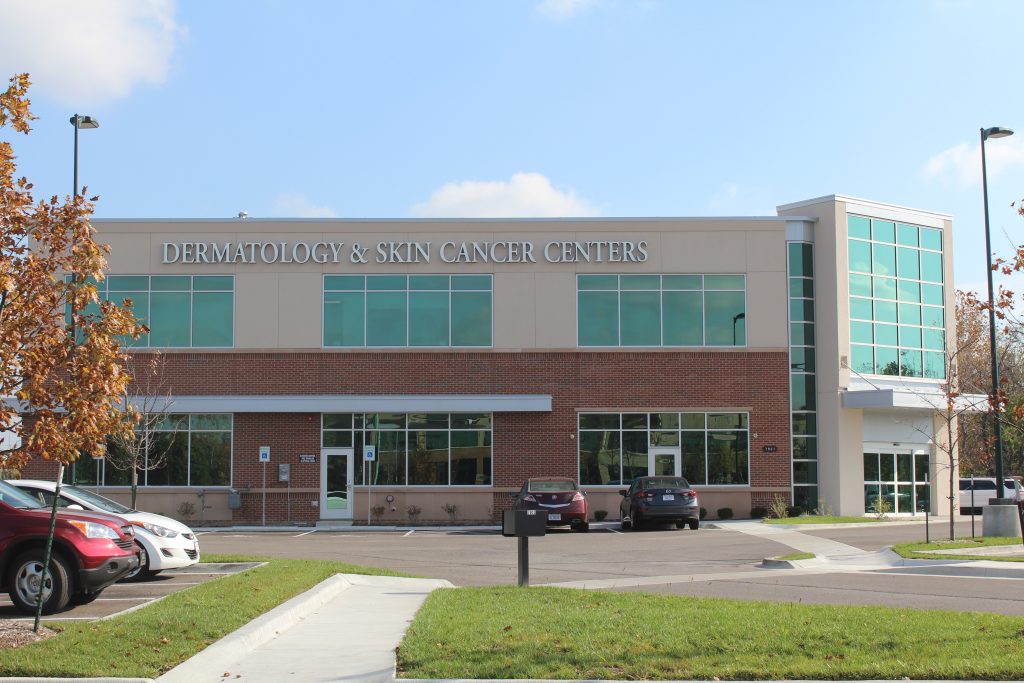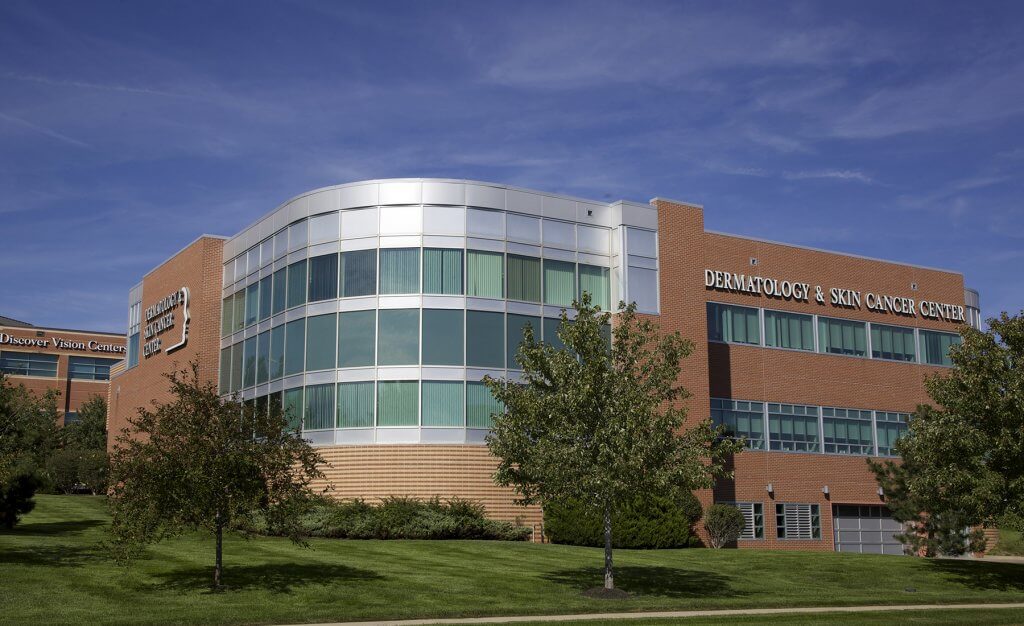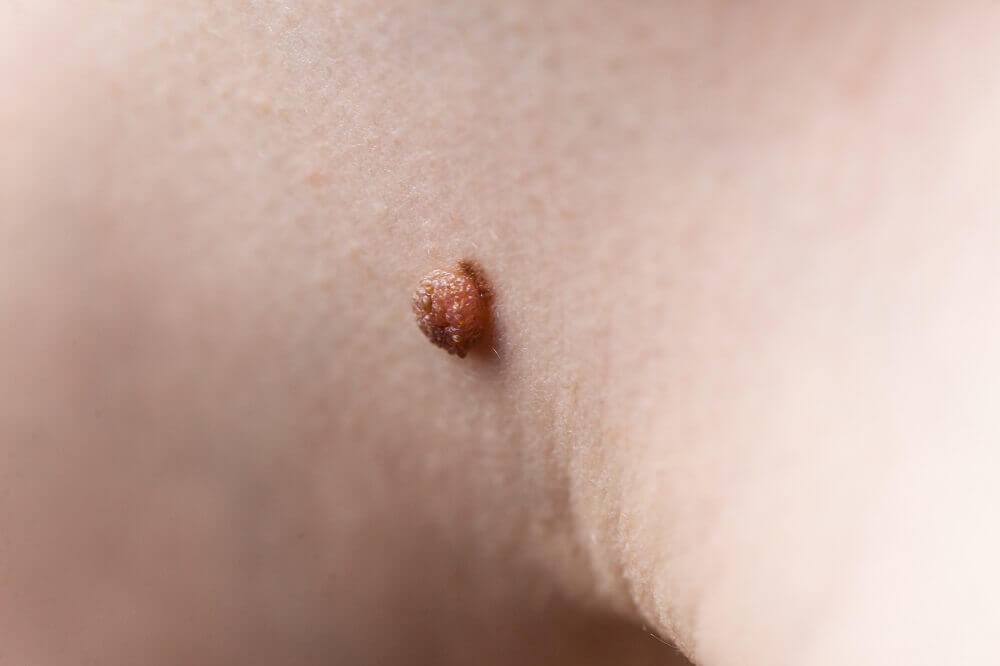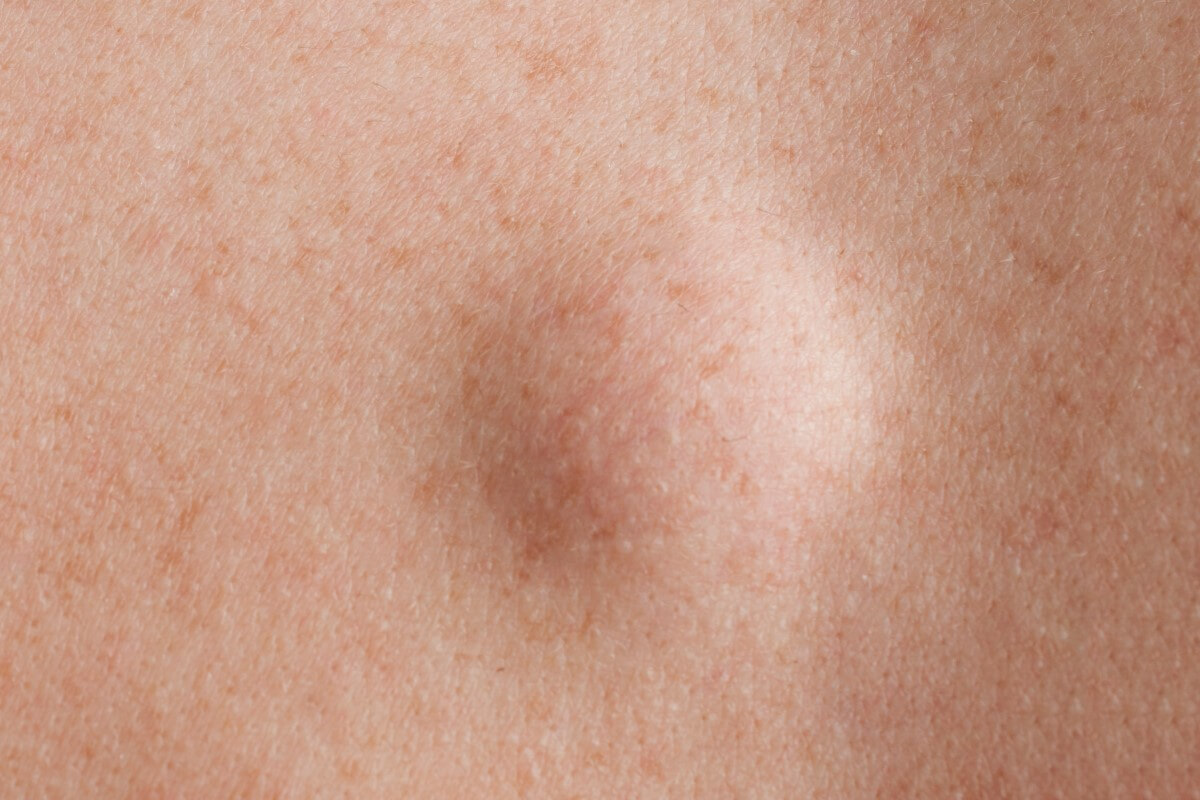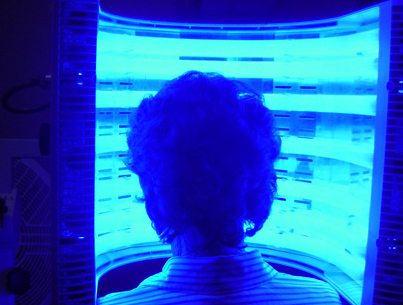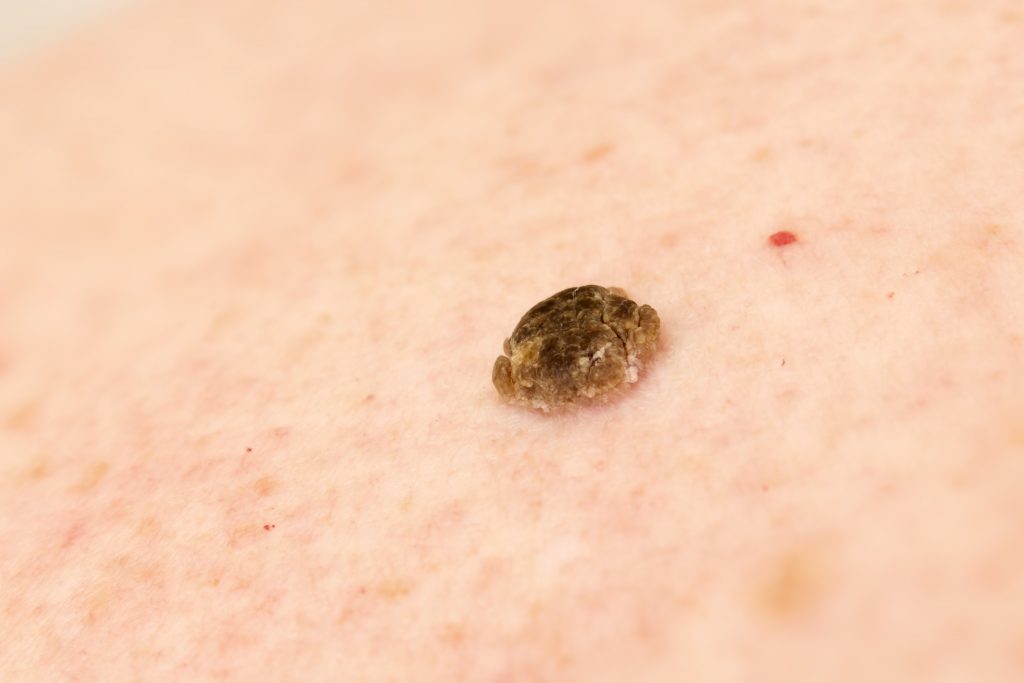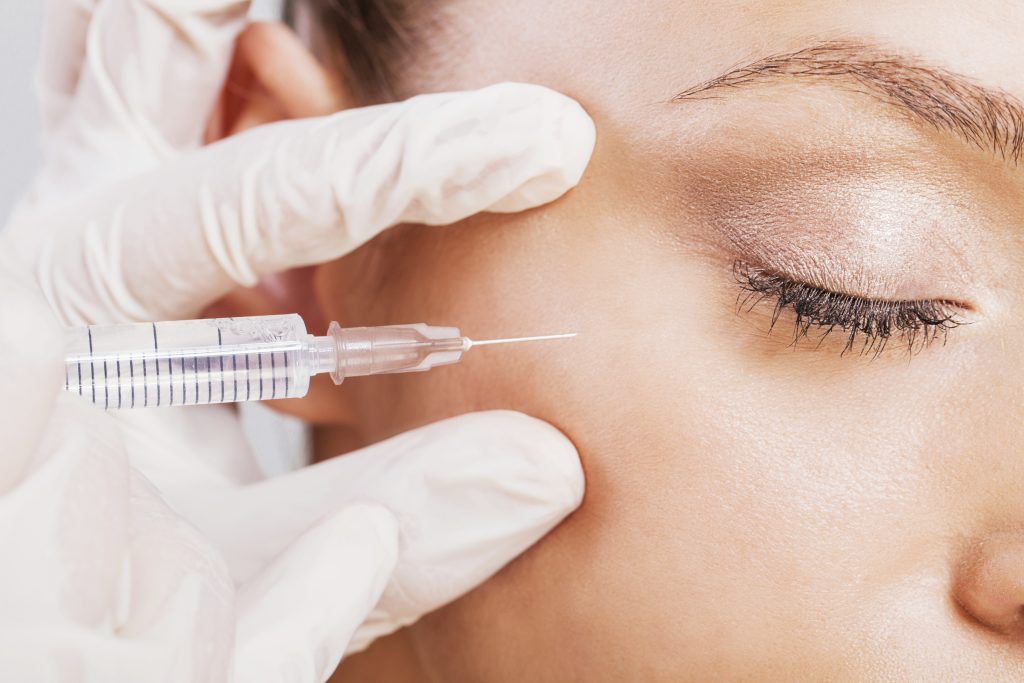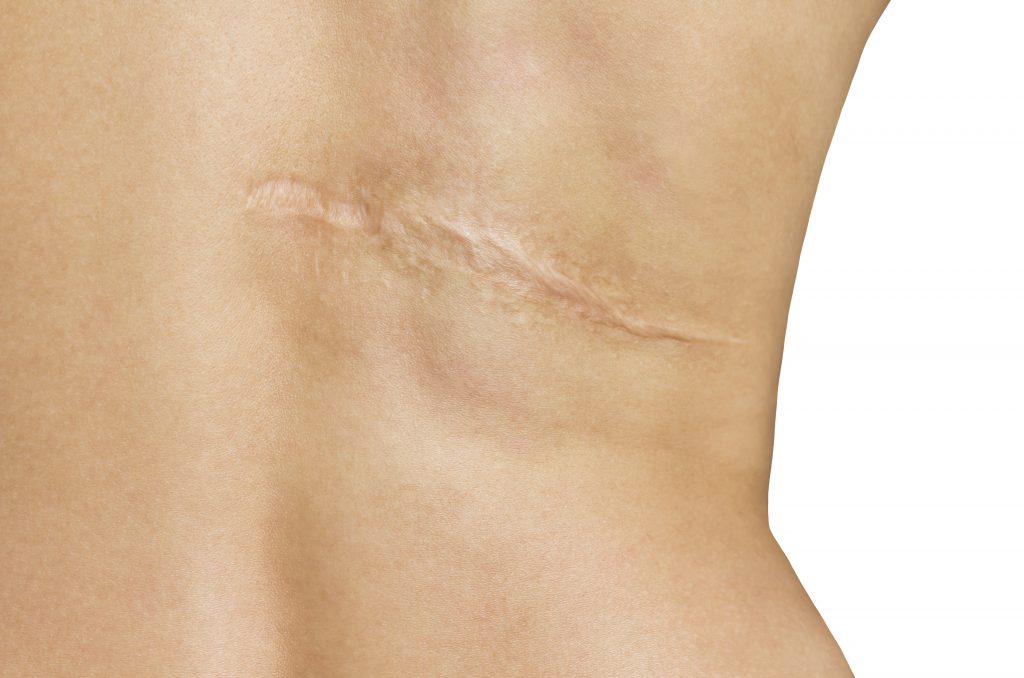Dr. James Griffith is a board-certified dermatologist and fellowship-trained Mohs surgeon. He earned his medical doctorate from the University of Mississippi where he was elected a member of the prestigious Alpha Omega Medical Honor Society and graduated at the top of his class. He completed his Dermatology residency and fellowship in Lasers and Photomedicine at Henry Ford Hospital in Detroit, Michigan. While at Henry Ford, he received extensive training in cosmetics, such as Botox, dermal fillers, peels and microneedling, and techniques for scar optimization and revision. He concluded his medical training with an intensive Micrographic Surgery and Dermatologic Oncology (Mohs) fellowship at Houston Methodist Hospital under the renowned dermatologic surgeons, Drs. Leonard Goldberg and Arash Kimyai-Asadi.
With nearly forty peer-reviewed publications, book chapters, and expert commentaries, including publications in the Journal of the American Academy of Dermatology, Dermatologic Surgery, Plastic and Reconstructive Surgery, and the Journal of the American College of Surgeons, Dr. Griffith has received numerous awards for the quality of his medical and surgical research and has presented in many meetings, both nationally and internationally.
Dr. Griffith uses his extensive training to deliver compassionate patient care and the most effective treatments. He believes in a personalized approach to patient care, understanding each person’s individual circumstances and needs. He specializes in skin cancer treatment and diagnosis, Mohs micrographic surgery, procedural dermatology, and advanced facial reconstruction.
Dr. James Griffith practices in our Leawood and Overland Park offices in Kansas and is now accepting new patients. Contact our office today to request an appointment.
Specialties and Affiliations
- American Board of Dermatology
- American Academy of Dermatology
- American College of Mohs Surgery
- American Medical Association
- American Society for Dermatologic Surgery
- Alpha Omega Alpha Honor Medical Society
Featured Articles
Featured Blogs
- U.S. Dermatology Partners Announces the Relocation of St. Joseph, Missouri Office
- Skin Cancer Detection: Understanding Why It's Not Always Obvious
- What Are My Options for Skin Cancer Removal?
- U.S. Dermatology Partners Welcomes Board-Certified Dermatologist & Fellowship-Trained Mohs Surgeon James Griffith, MD to Leawood, Kansas


